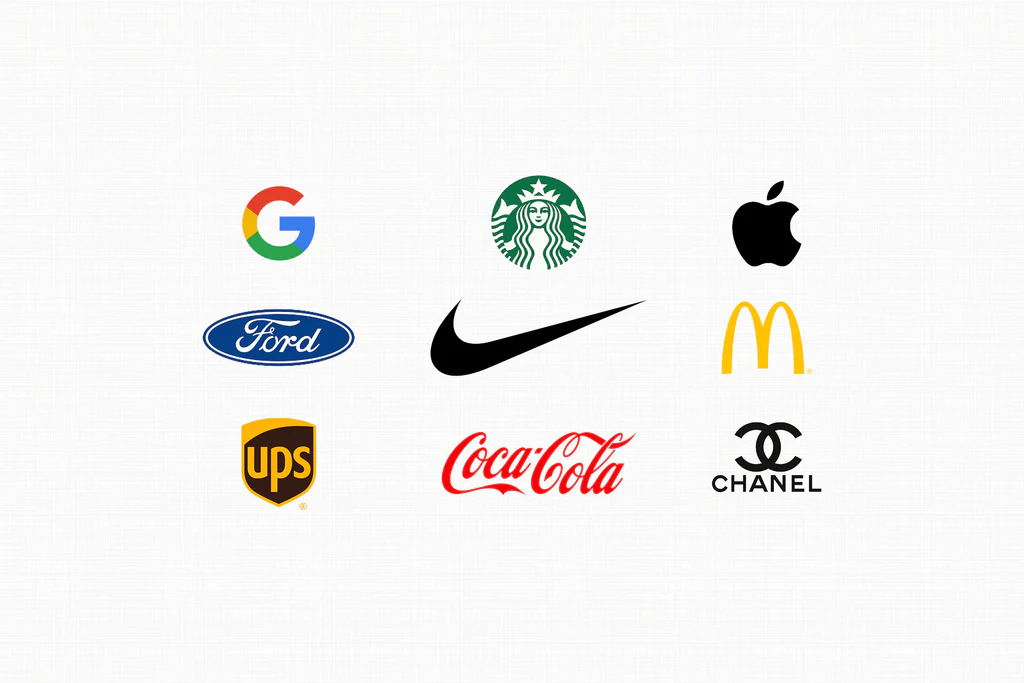
What is a logo and why is it used?
A logo is a design that symbolises an individual relationship. It is a design used by organisations for letterheads, advertisements, and tags as a logo where the association can be perceived without much stretching, also called a logotype. Logos are graphical or pictorial depictions of an organisation’s name, trademark, acronym, etc. They are often intended primarily for ready acceptance.
You might also think of a logo as a simple visual inspection of your organisation’s products or services. There are different types of marks and logos that are self-explanatory and related to their purpose. For example, symbols are used to signify a nation or family. At some point in the past, associations could stand big enough to reach their climax. They many times marvellously drew point after point using many things to raise the peak. Cost was not an issue, and more was considered better. At that time, ribbons were utilised due to their larger configuration. It was seen from the field of long interlude art. Road signs were meant for the purpose of enlightenment. They used strategies like simplified yet trendy shapes and formations to differentiate, attract more attention, and convey information.
Importance of logos in business
A logo is an essential part of a company’s advertisement. As the main graphic image of the company, the logo remains the image of the company and turns into the most visible sign of the company in the target market. Therefore, the overall specific logo is an important part of the overall promotional methodology of any organisation.
Purpose
Company logos are planned to be the ‘face’ of the organisation: they are a graphical representation of the organisation’s unique identity, and through shape, text style, and image, they create essential data about the organisation that enables customers to relate to the corporate image at the heart of the company. Logos are also a concise way to refer to the organisation in advertising and marketing materials; moreover, they provide a correction that indicates different textual styles, shapes, and design decisions across all the diverse marketing materials of the business.
Design principles
A good logo should be unique and understandable to potential customers. While there are group decisions for typography, visual elements, and colours, in general, a logo should help convey some data about the organisation or be designed in such a way that it gives some significant sentiment about the organisation or its industry. For example, high-end companies and technology organisations tend to have angular logos to slide by, while companies that are set up to support enterprises have round logos to give a sense of service and trust.
Brand identity
A logo is a key visual component of an organisation’s overall brand identity. Logos appear on stationery, websites, business cards, and merchandising. Therefore, a component logo can greatly add to the completion of a business, while a substandard logo can show hobbies and kill potential customers. However, a logo must adhere well to different parts of an organisation’s visual recognition: no logo, no matter how ubiquitous, can look good when embedded with conflicting graphic components or different text styles. This is why a logo is the basic unit of a larger brand personality that includes the organisation’s text style, colour gradients, and document design guidelines.
What is a logo and why is it used?
A logo is usually the main visual image that you create as a company. It is usually a fairly small image or design that can include your organisation’s name or acronym. Logos are commonly used as part of various organisational materials and developments.

Logo Basics
Business logo development and design is very important. If you’re in a hurry to create a logo, you’re probably thinking out loud and will need to make improvements before long. The problem is that you can confuse customers and detract from the positive aspects of having a logo. While not mandatory, many organisations incorporate components of their history, culture, and values into their logos. Target uses the colour red in its famous “bull’s eye” logo to connect with the traditional colour scheme.
Compilation of brand image
The primary motive for creating a business logo is to start the path towards building a brand image. Visuals force your organisation’s name and brand to make an important connection with your target audience. The key is to reliably apply your logo to all developments. Many organisations include logos on business cards, letterheads, and websites, apart from all print advertising. Finally, you need customers to associate your logo with your business and its attributes.
Symbolic connotations
Letters, logos, and colour schemes are one simple group of image elements that are often alluded to as organisational symbols. Symbols are visual representations of the most prominent interests and strategic presentations of your organisation. If customers see your logo and experience positive emotions or quickly think of fun, vitality, satisfaction, superior products, or elite services, your logo is successful. Essentially, your logo communicates the overall impact of your organisation’s core values.
Logo updates
While logo consistency is important to make a basic impact, even stable organisations update logos frequently. This means that they make improvements, rotate existing logos, or move to a completely new one. However, you should do so with caution. Customers can get annoyed with organisations that edit popular or established logos.
Get visualised with a trusted brand logo
Finally, this is a great opportunity to incorporate your selfie with your new logo! Use it to create a strong visual brand personality that separates your business from competitors and helps new and potential customers to effectively differentiate you. When customers get to know your image, your motivations, and your personality, you can build their trust and have a good chance of gaining new customers. Given your new logo, something needs to be done with incorporating it into all your official records and promotional materials, for example, letterheads, business cards, websites, and web-based social networking posts. Save it as a print-ready, high-resolution PNG or PDF file so that your logo looks great in print or on screen.




